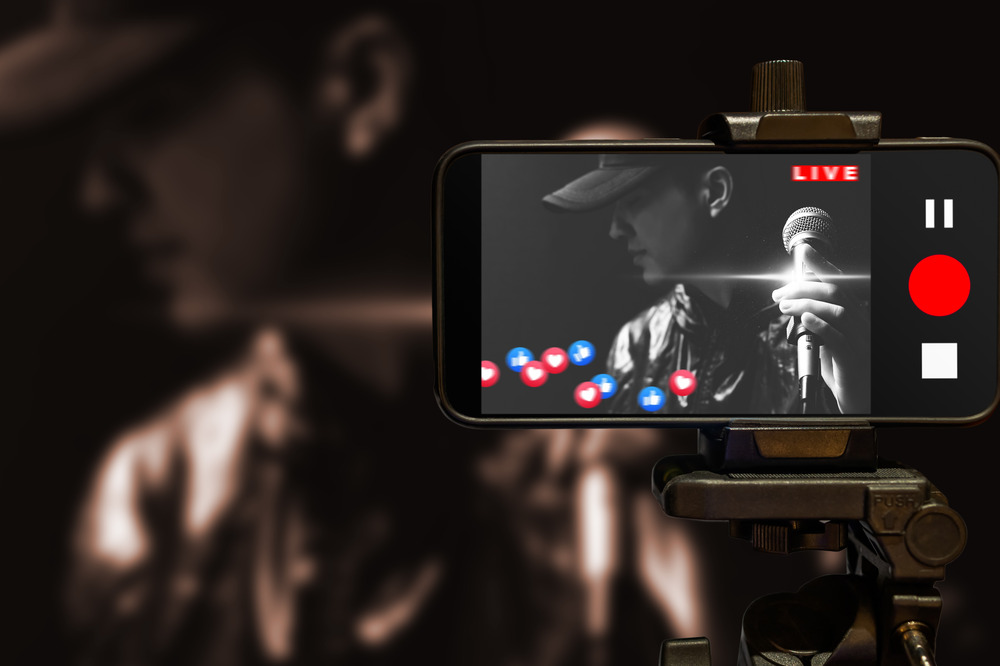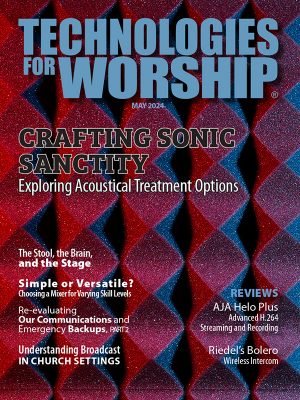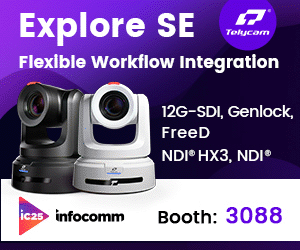
In modern worship, congregations extend beyond physical boundaries through broadcast services and the art of cinematography plays a pivotal role. The choice of camera shots can transform a remote worship experience, bringing congregants closer to the divine narrative. This guide provides a quick overview of the various camera shots and their applications in the context of worship broadcasts, unraveling the visual tapestry that enhances the spiritual journey.
Wide Shot
Frames the entire worship space, providing a sense of scale and context.
Application: Ideal for introducing the worship environment at the beginning of a service or transitioning between segments.
Aerial Shot
Captured from a high angle, often using drones or elevated positions.
Application: Offers a unique perspective, emphasizing the architectural beauty of the church or showcasing outdoor events.
Medium Shot
Frames the subject from the waist up, offering a more intimate view.
Application: Suitable for capturing worship leaders, speakers, or musicians during various segments of the service.
Two-Shot
Frames two subjects in the shot, fostering a sense of connection.
Application: Effective for capturing conversations, interactions, or duets during worship.
Close-Up
Zooms in on a single subject, capturing facial expressions and details.
Application: Conveys emotions, emphasizing the nuanced expressions of worship leaders, speakers, or musicians.
Extreme Close-Up
Focuses on a specific feature or detail, creating heightened intimacy.
Application: Captures intricate elements, such as hands playing a musical instrument or expressions during prayer.
Point-of-View Shots
Over-the-Shoulder Shot
Shows the perspective of one person, often looking over someone’s shoulder.
Application: Immerses viewers in the experience, such as seeing the congregation from the perspective of a worship leader.
First-Person Shot
Mimics the view of an individual, providing a subjective experience.
Application: Creates a personal connection, allowing viewers to feel as if they are actively participating in the worship service.
Movement Shots
Tracking Shot
Involves the movement of the camera to follow a subject or capture dynamic scenes.
Application: Enhances energy and engagement during musical performances, processions, or baptisms.
Panning Shot
Involves the horizontal movement of the camera, scanning the scene from side to side.
Application: Useful for capturing the entire congregation, choir, or scenic elements.
Specialty Shots
Rack Focus
Shifts the focus between foreground and background within a shot.
Application: Adds depth and highlights specific elements, such as shifting focus from a speaker to the congregation.
Zoom Shot
Uses the camera lens to zoom in or out, altering the framing.
Application: Creates a dynamic effect, focusing attention on specific details or providing a wider view.
Low and High Angle Shots
Low Angle Shot
Captures subjects from a lower perspective, emphasizing their stature.
Application: Adds a sense of reverence when capturing speakers or leaders, highlighting their authority.
High Angle Shot
Captures subjects from an elevated perspective, diminishing their stature.
Application: Creates a sense of vulnerability, suitable for moments of humility or prayer.
Considerations for Worship Broadcasts
Narrative Flow
Align camera shots with the narrative flow of the worship service, ensuring a seamless visual experience.
Visual Consistency
Maintain visual consistency in framing, lighting, and style to create a cohesive and polished broadcast.
Engagement Levels
Adjust shot types based on the level of engagement required for each segment, balancing wider shots for congregation involvement and close-ups for emotional connection.
Technical Quality
Pay attention to technical aspects such as focus, exposure, and audio quality to enhance the overall viewing experience.
Adaptability
Be adaptable to spontaneous moments, adjusting shot types to capture unplanned events or reactions.
Integration with Worship Elements
Musical Performances
Utilize a variety of shots during musical performances, combining wide shots for ensemble views and close-ups for individual musicians or vocalists.
Sermons and Speeches
Use medium and close-up shots to capture the expressions and nuances of speakers, emphasizing key moments in sermons or speeches.
Crafting a Visual Psalm
In the digital sanctuary of worship broadcasts, the language of camera shots becomes a visual psalm, conveying the narrative of the message to congregants near and far. As the lens captures the nuances of worship, from the grandeur of architectural elements to the intimate expressions of congregants, each shot contributes to the visual symphony.
The art of cinematography in worship broadcasts continues to evolve, harmonizing the elements of technology and spirituality, and weaving a tapestry of visual storytelling that enhances the journey for all who gather, both in person and digitally, but the basic types of shots will never change.
For broadcast volunteers, being fluent in the types of camera shots used will help make your worship broadcast flow better, allowing viewers to concentrate on the message of worship and provide a cohesive visual narrative for your house of worship ministry.





